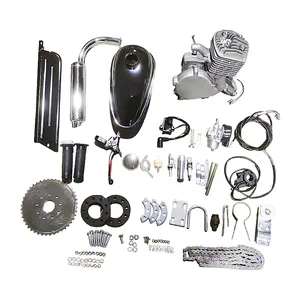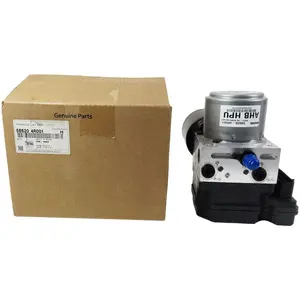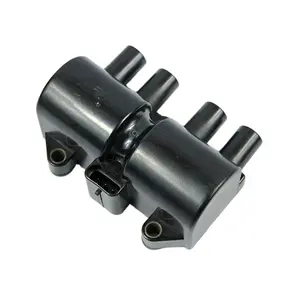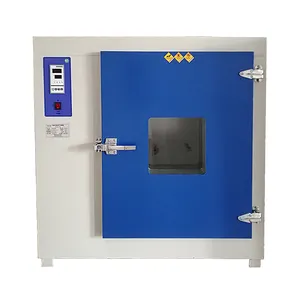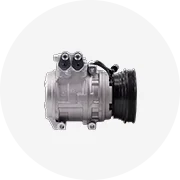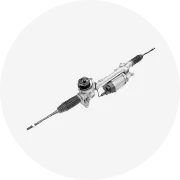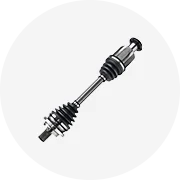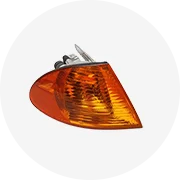Phổ biến trong ngành của bạn






Nhiệt Điện Trở Chống Nước GTS100, Cảm Biến Nhiệt Độ Ntc 3950 10K Bằng Thép Không Gỉ
3.813 ₫ - 63.548 ₫
Đơn hàng tối thiểu: 10 Cái







NTC 1K 2K 2.7K 3K 5K 10K 15K 20K 30K 40k 47K 50K 100k 200k ohm 3950 3435 3977 thermistor probe NTC cảm biến nhiệt độ
3.305 ₫ - 3.813 ₫
Đơn hàng tối thiểu: 100 Cái
Vận chuyển mỗi chiếc: 12.202 ₫







Ấm đun nước điện ksd302 lưỡng kim nhiệt/cảm biến nhiệt chuyển đổi/cảm biến nhiệt độ chuyển đổi
13.981 ₫ - 15.252 ₫
Đơn hàng tối thiểu: 100 Cái







Yak chất lượng tốt Giao hàng nhanh NTC không thấm nước thermistor Kim Loại Đầu Xe cảm biến phụ kiện ô tô

123.028 ₫ - 175.645 ₫
Đơn hàng tối thiểu: 10 Cái







MTH800:0.3% Máy Phát Nhiệt Độ Và Độ Ẩm Màn Hình LCD Kỹ Thuật Số Treo Tường Với Cảm Biến Nhiệt Độ Cao 0- 120DegC Riêng Biệt
2.033.508 ₫ - 3.050.262 ₫
Đơn hàng tối thiểu: 1 Cái







Cảm biến nhiệt độ nước làm mát cho Honda kk15018510 kk15018510b kk15118510a kk15118510 k1501851x kk1501851x kk15018510a 553621201
50.838 ₫ - 88.966 ₫
Đơn hàng tối thiểu: 50 Cái
Vận chuyển mỗi chiếc: 98.117 ₫
Các danh mục hàng đầu
Giới thiệu về cảm biến nhiệt độ nước kk15018510
Alibaba.com cung cấp các sản phẩm 6 cảm biến nhiệt độ nước kk15018510.
